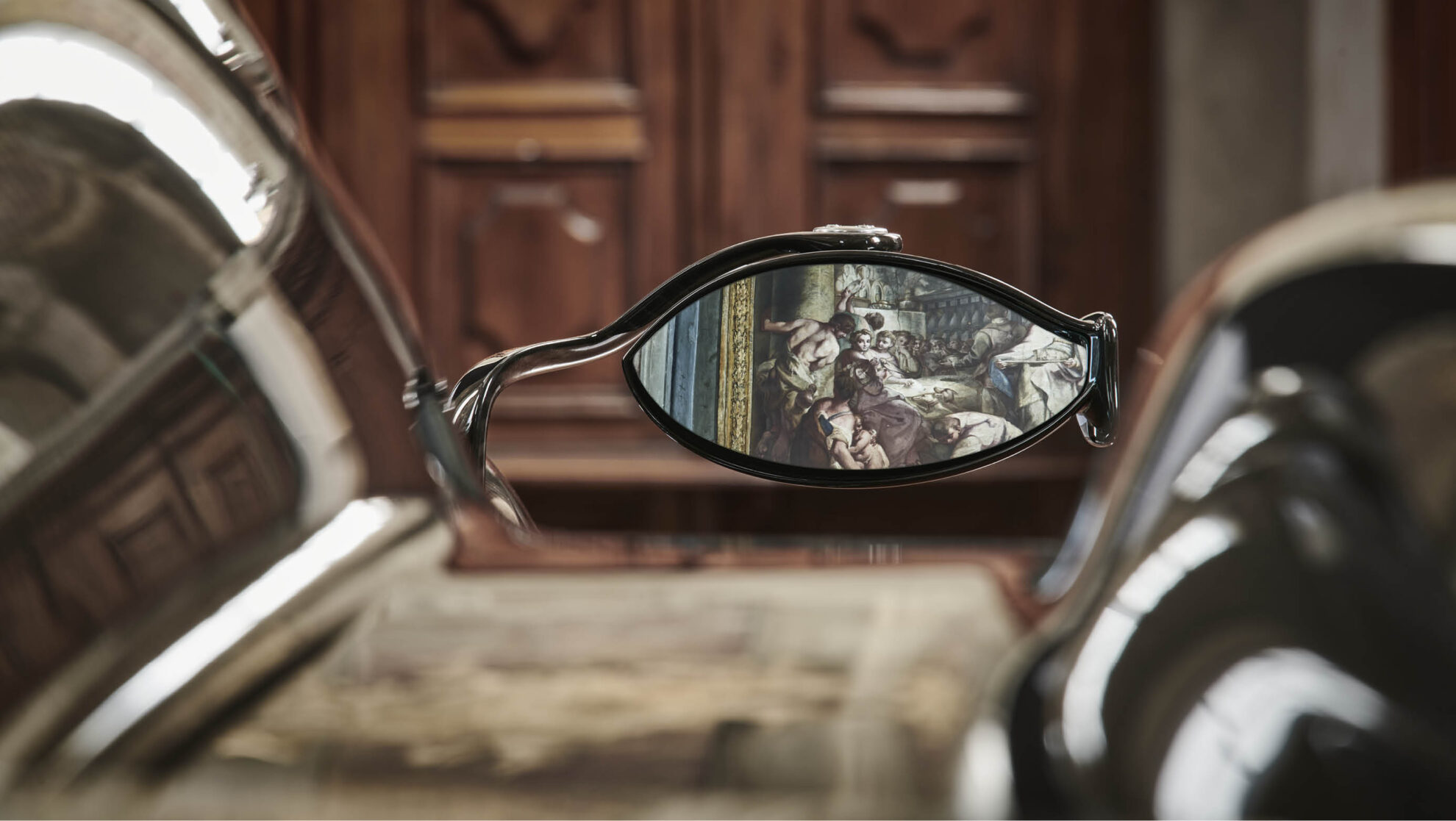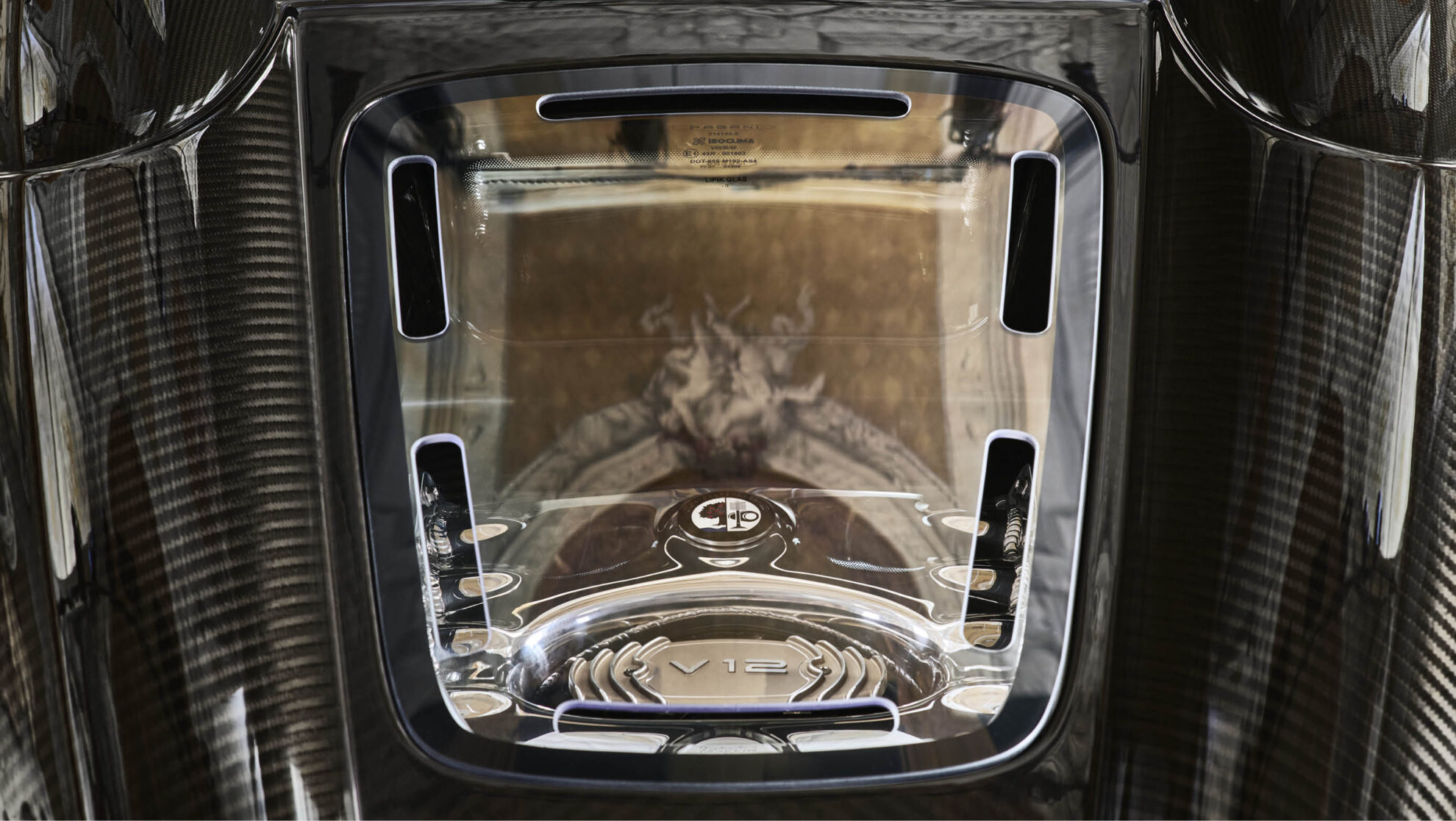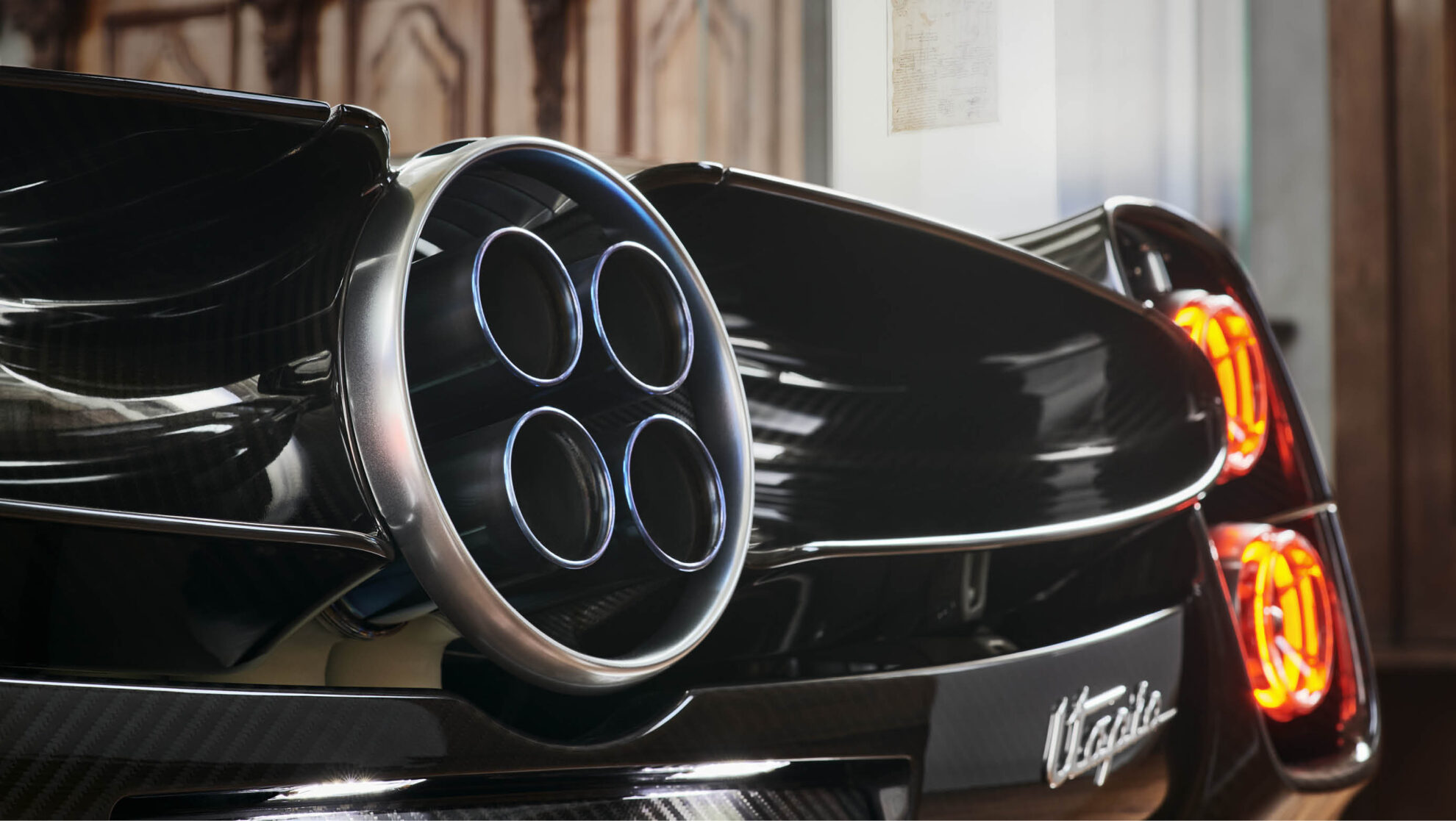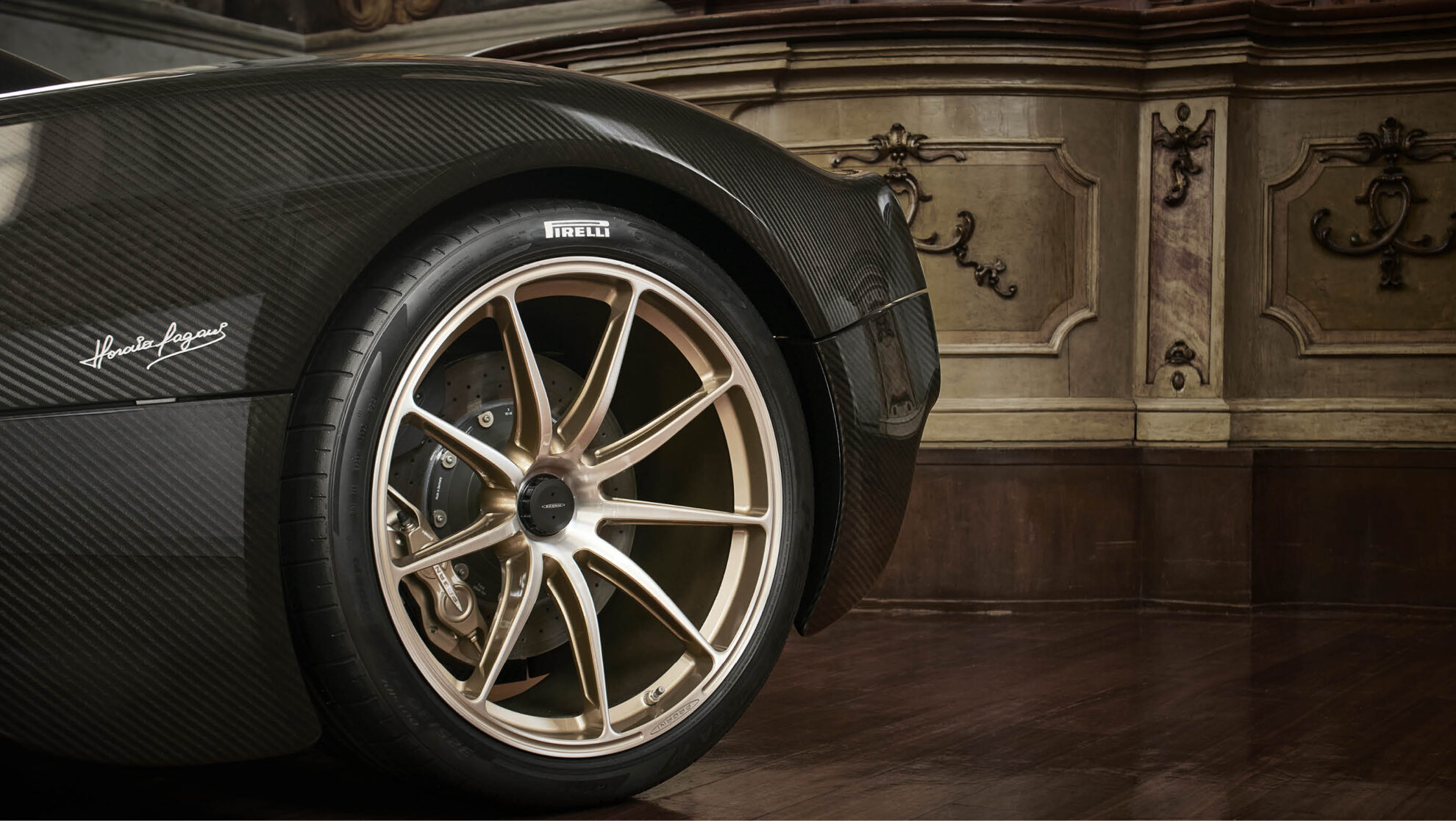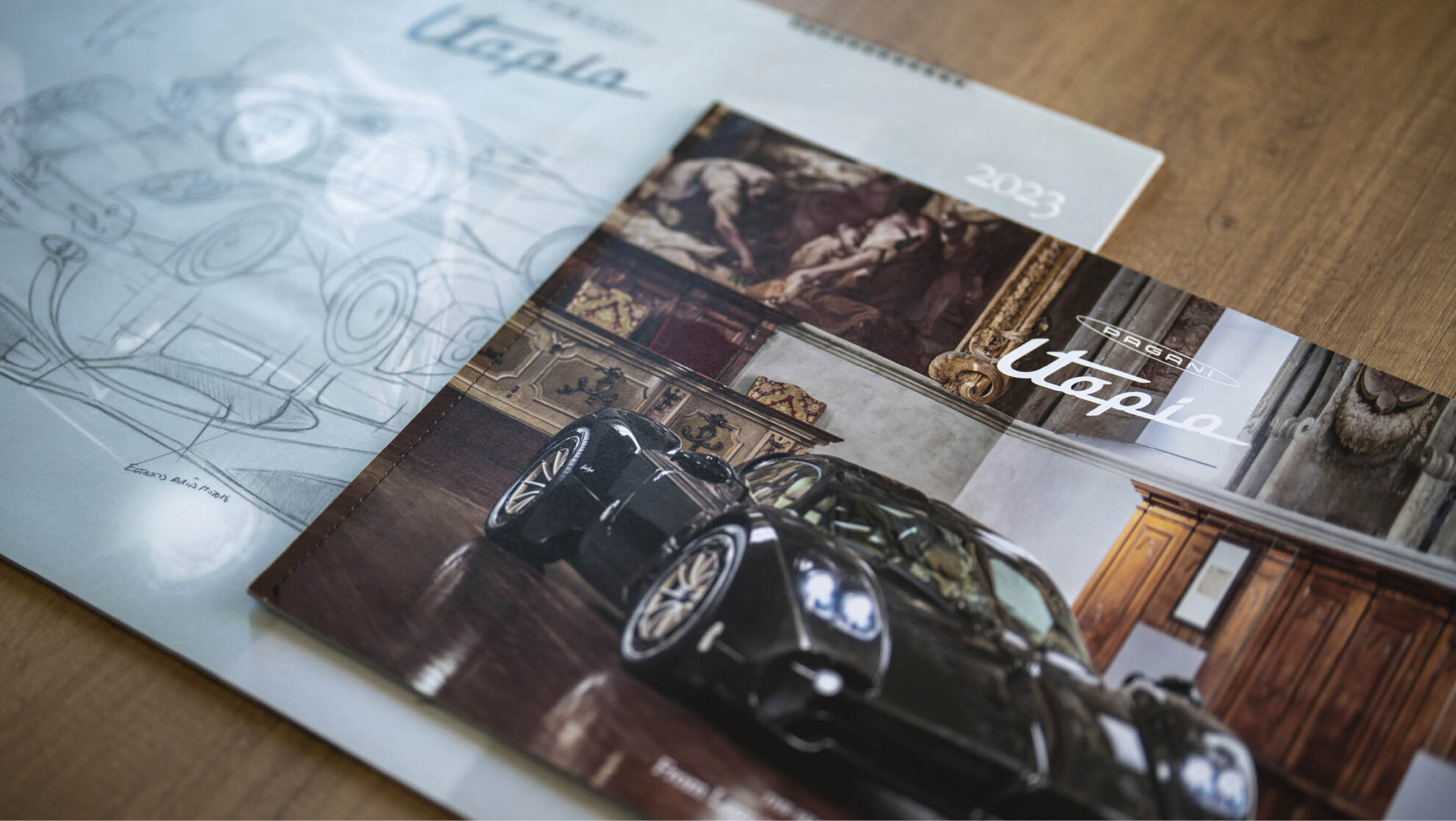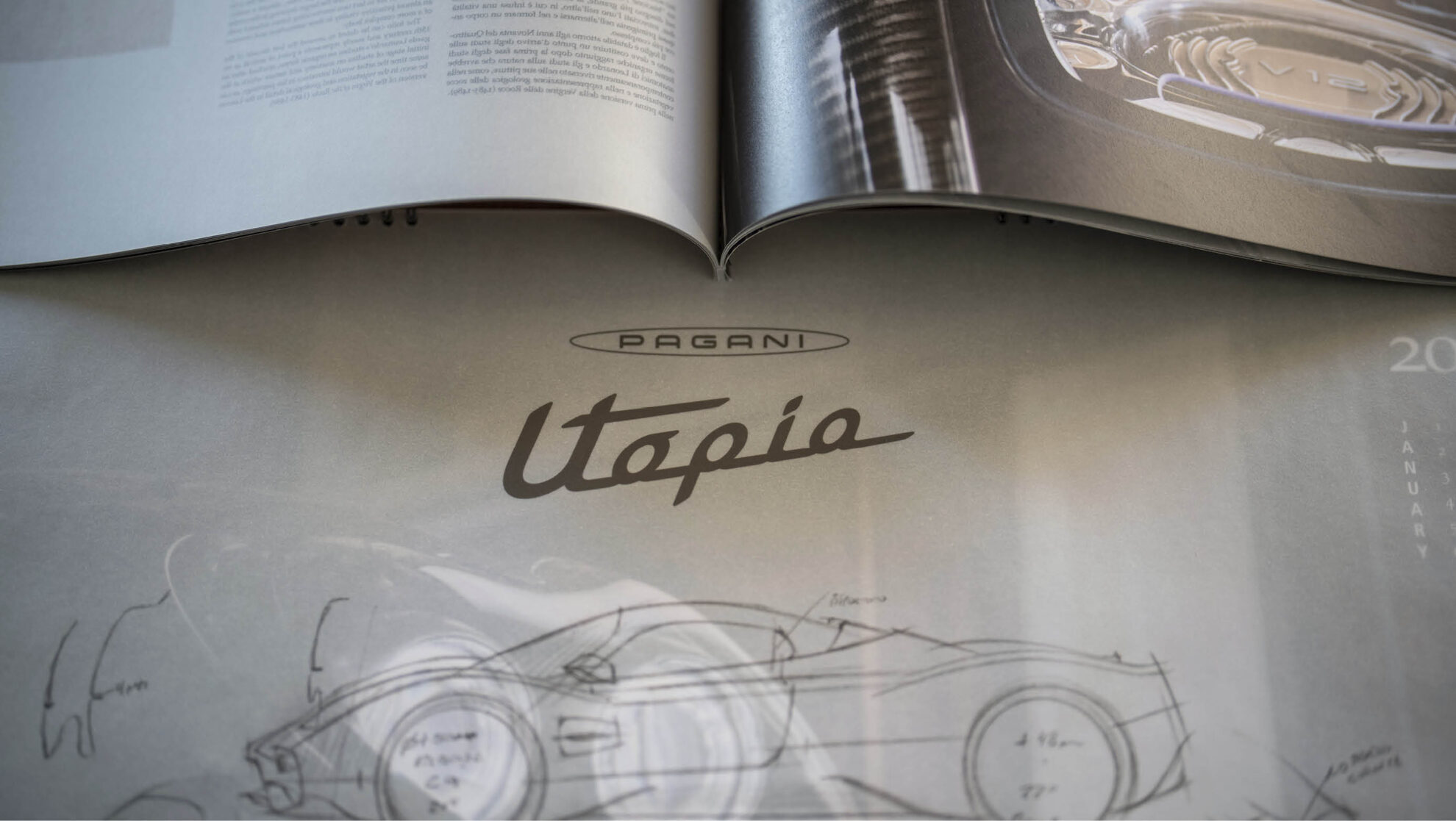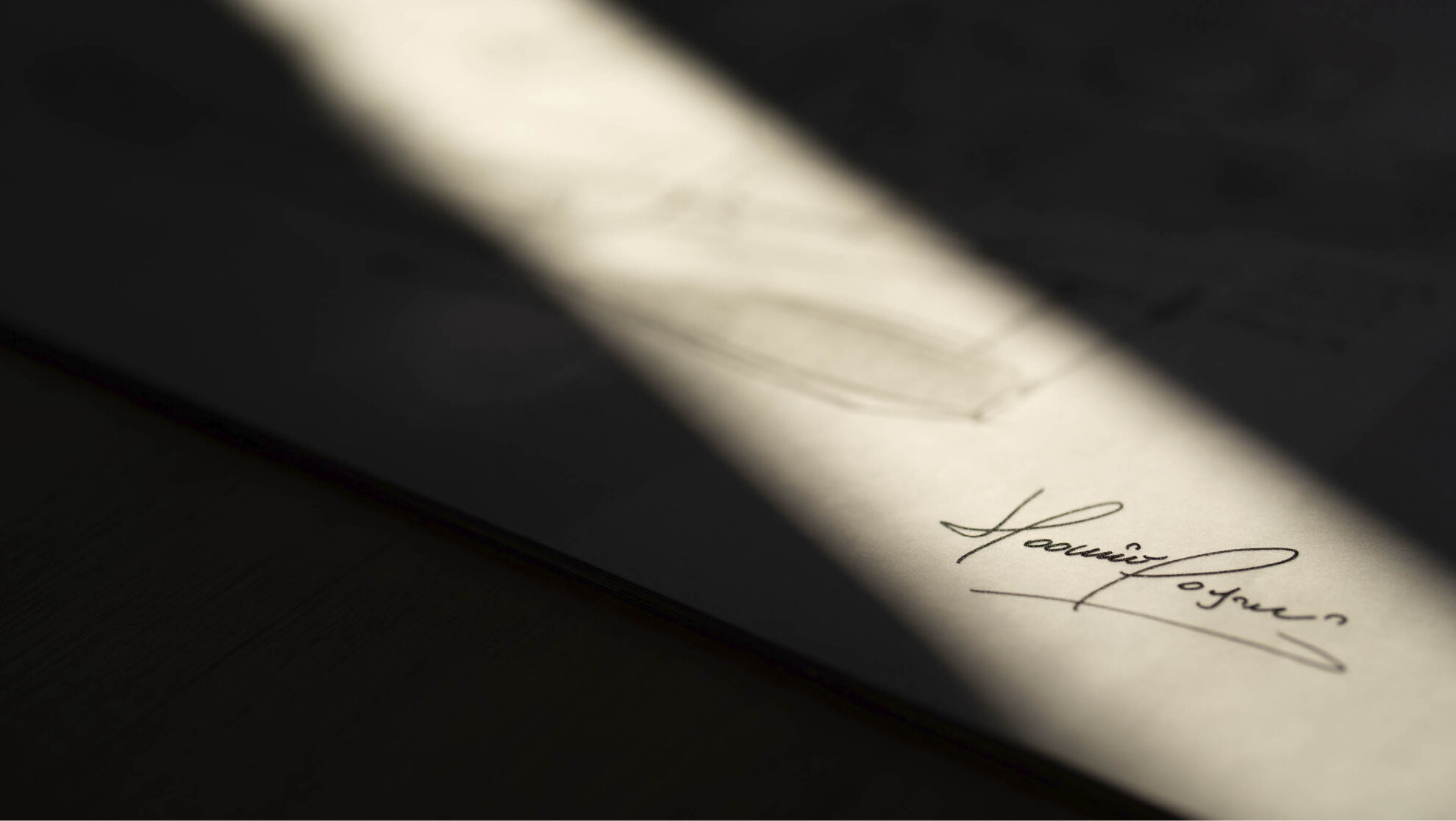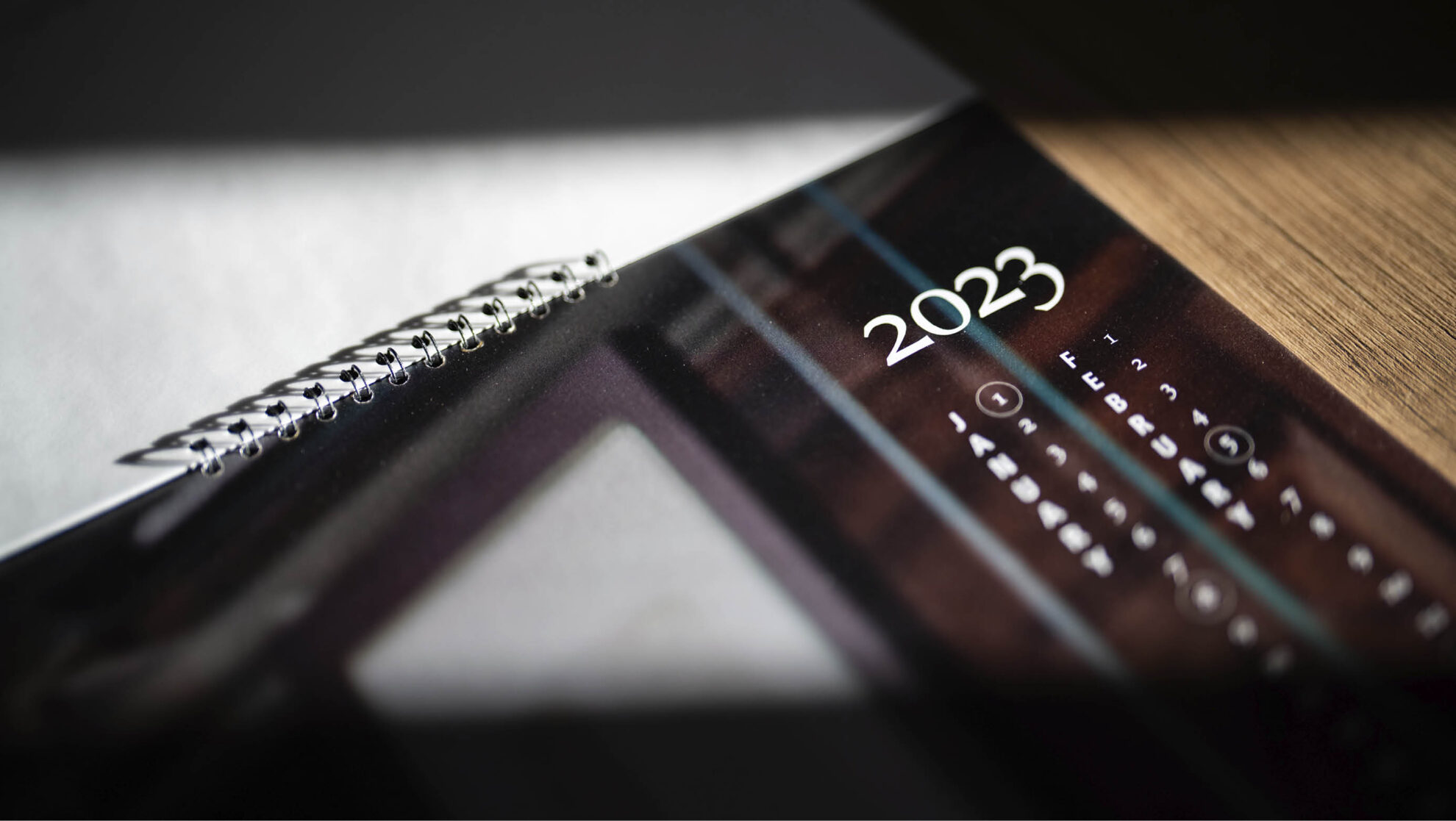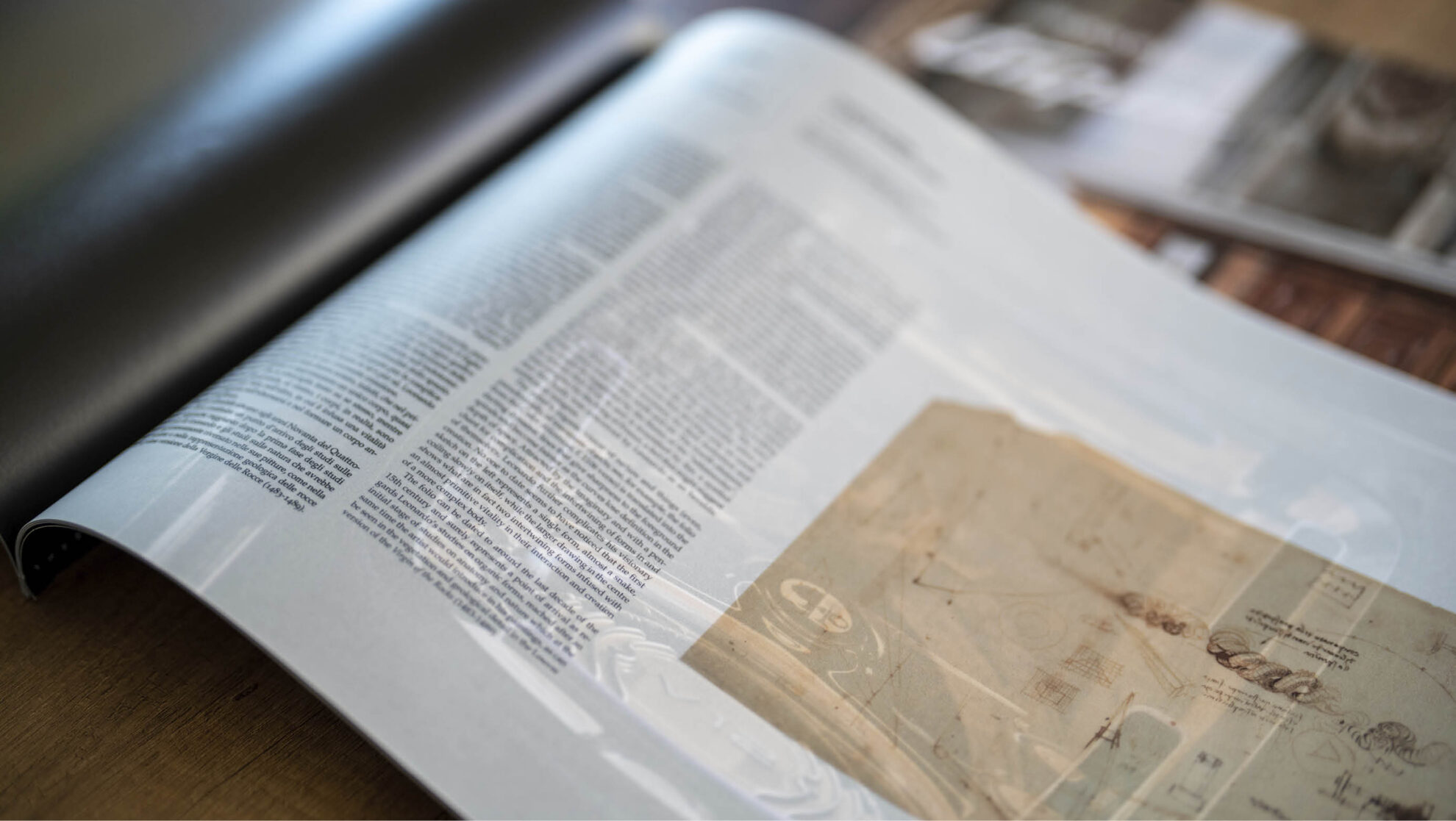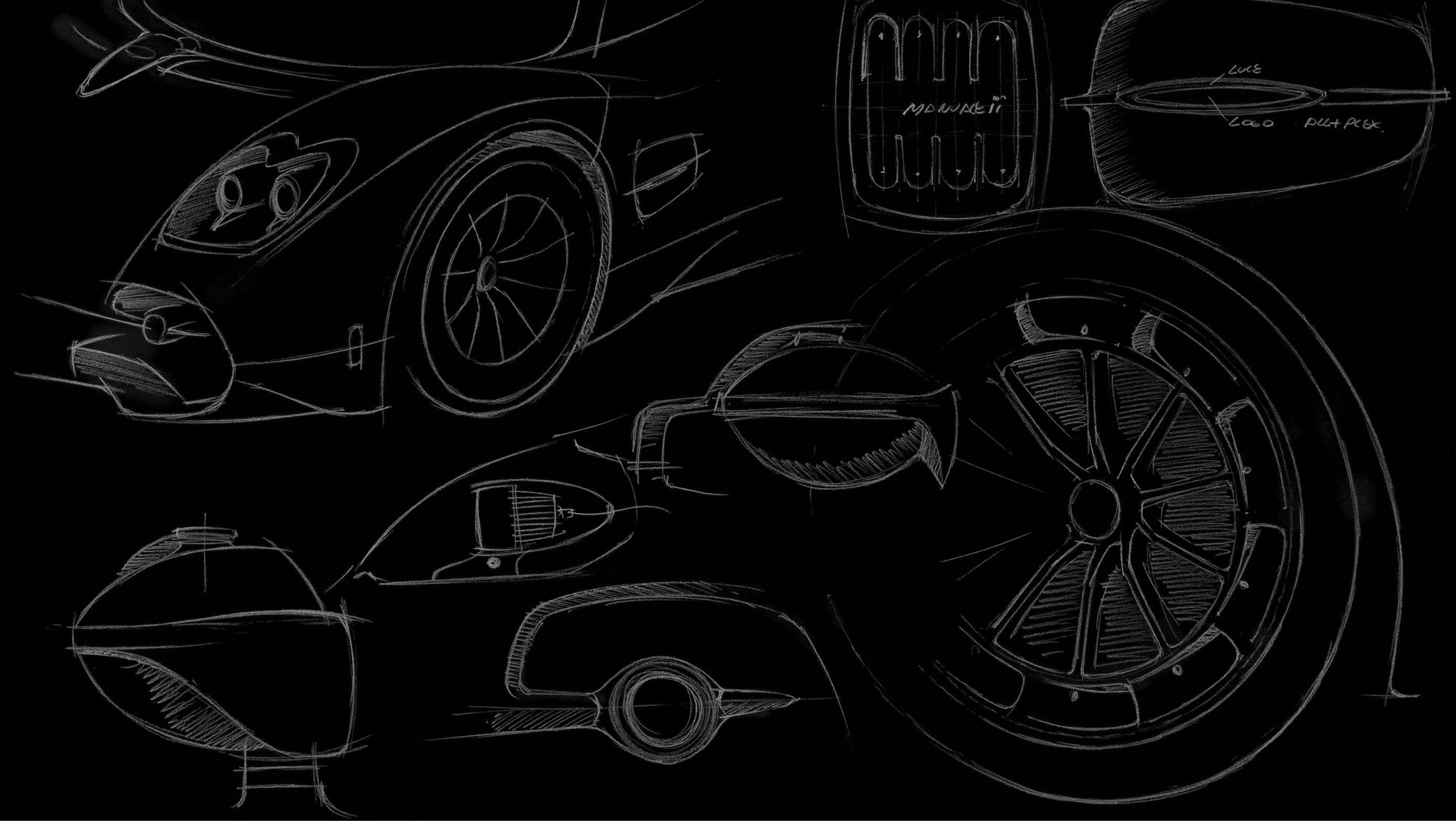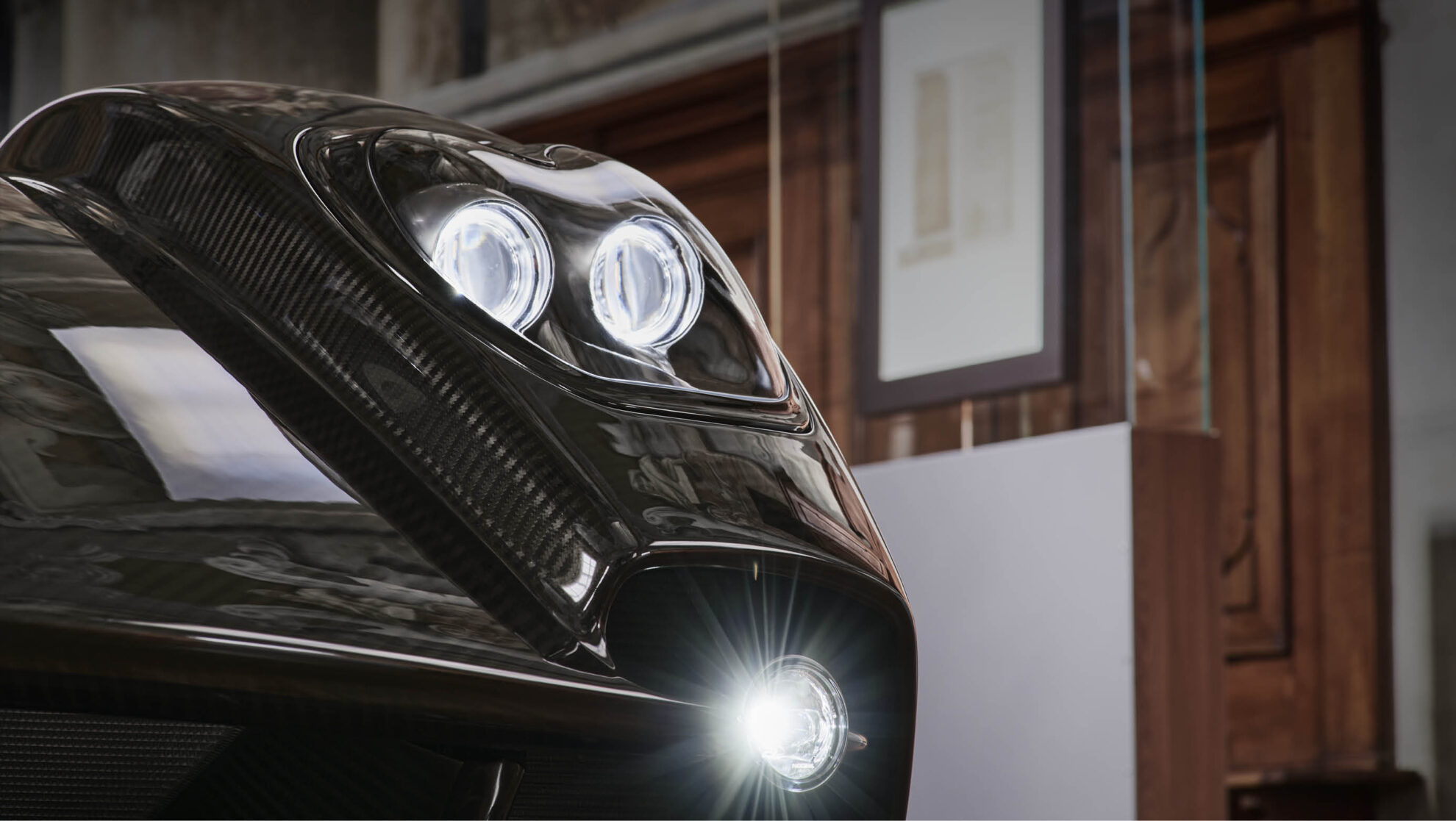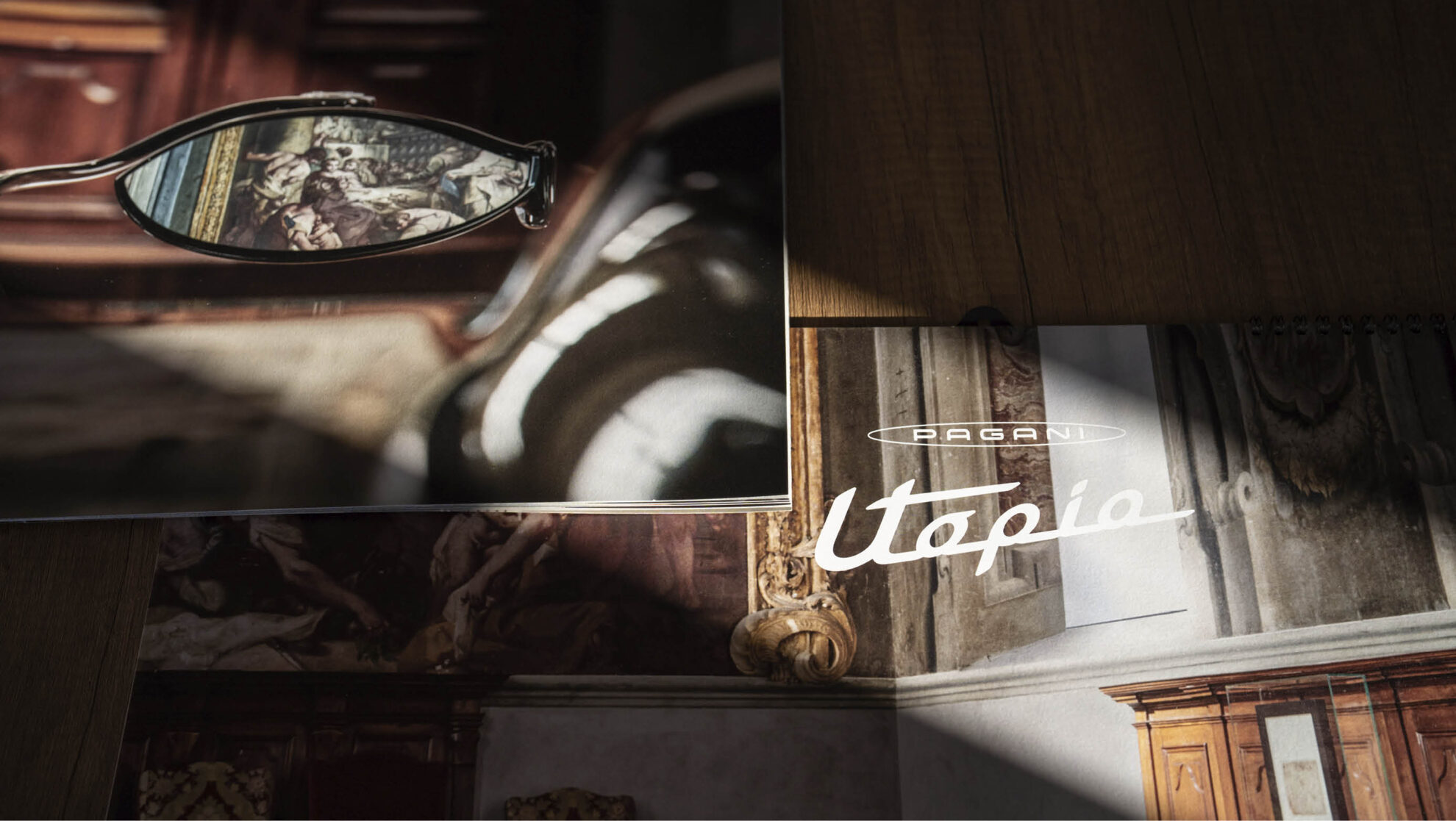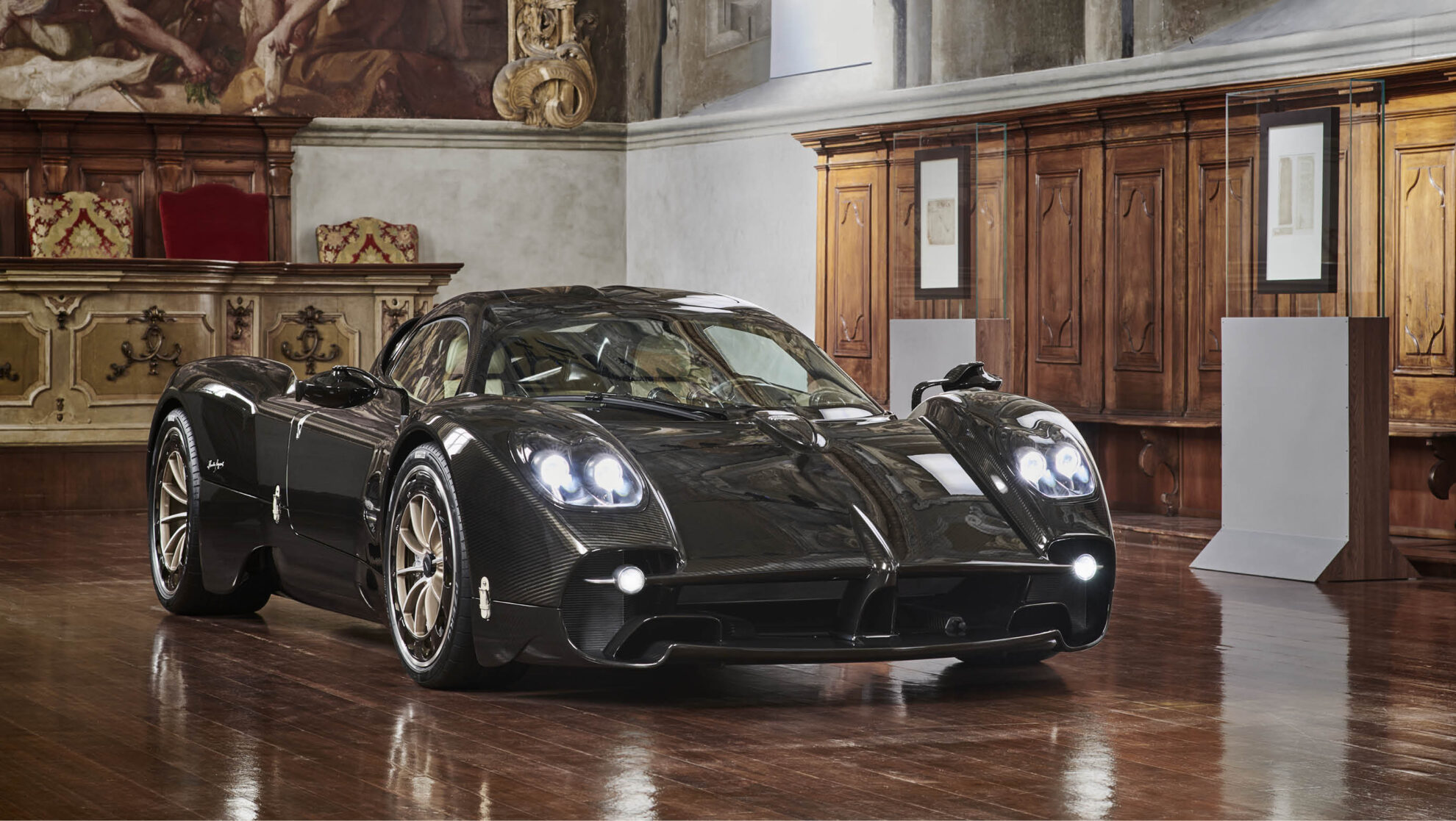

The Shape of Air - From Leonardo to Pagani Utopia
Scroll down
Scroll Down
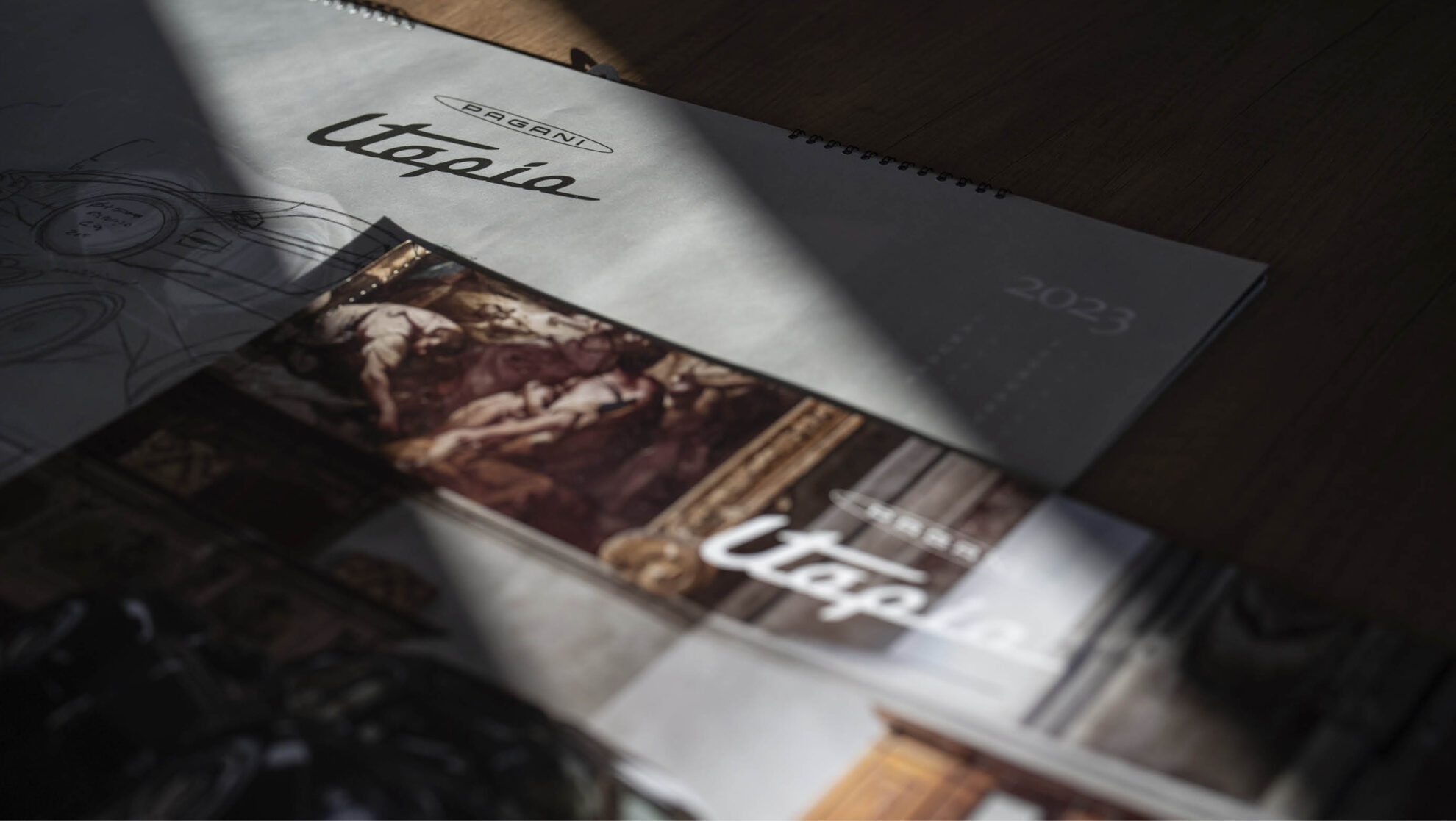
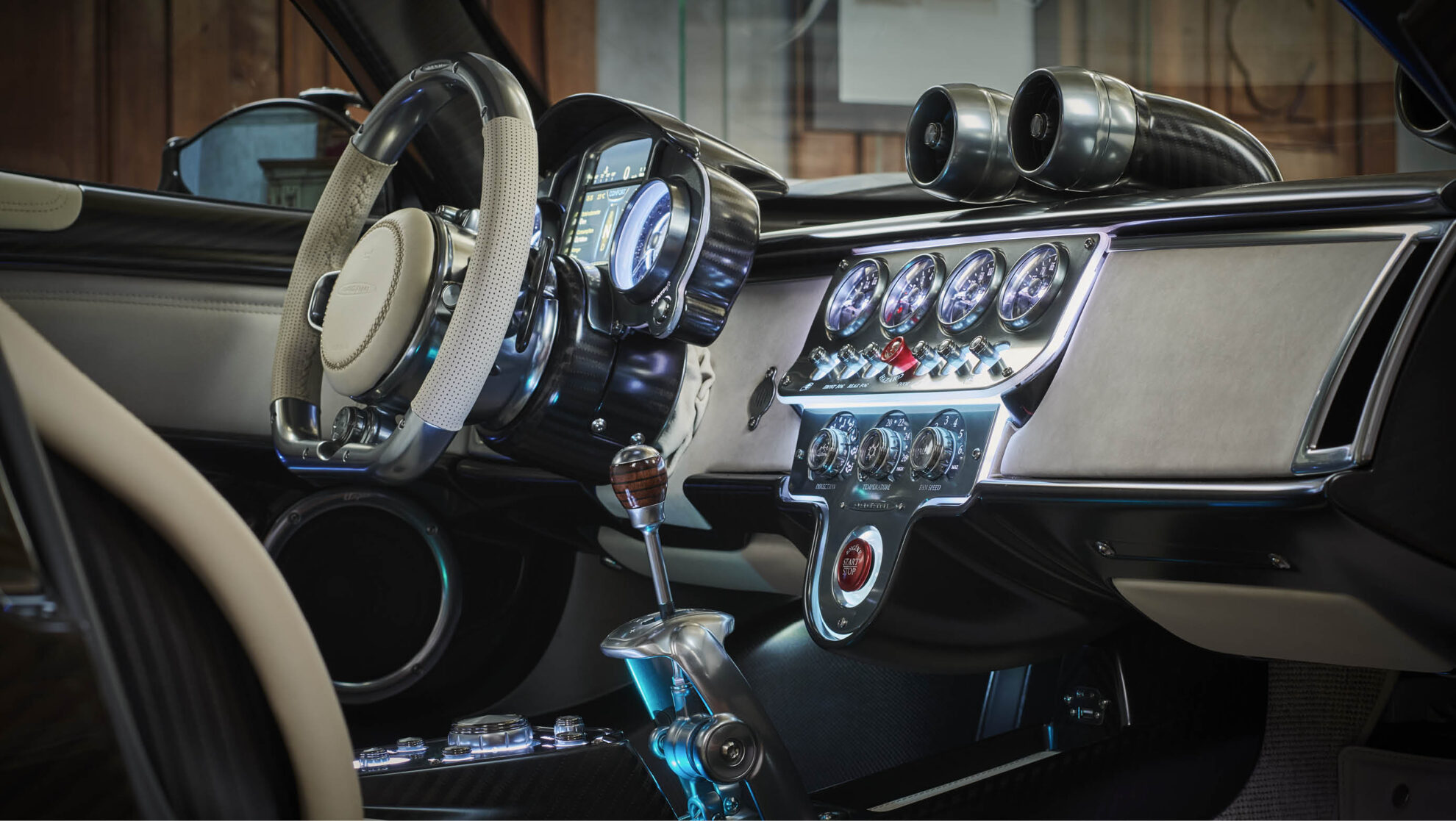
Utopia
The alchemy of pleasure, the equation of beauty… This was to be the new Pagani hypercar. With a brief like this and such high ambitions, what name could be chosen for the car that would embody them? ‘Utopia’… For the philosopher Thomas More in 1516, Utopia was a place that did not exist, and ever since the name has been given to the idealized places of which we dream. But for those who make their own future, for creators, utopia exists, it is ‘merely’ a case of finding it!
Photographs by Paolo Carlini
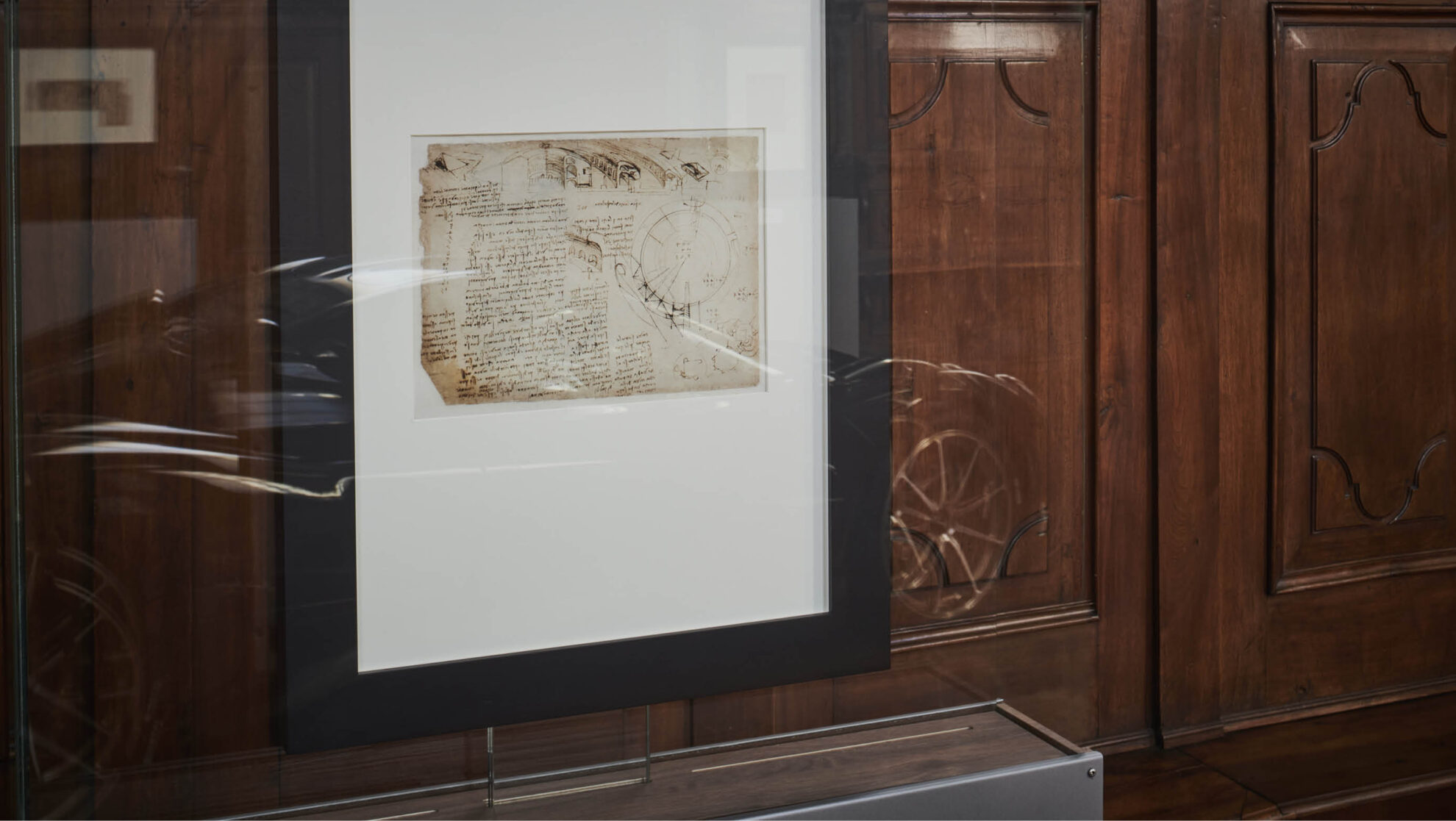
Leonardo da Vinci
Leonardo da Vinci was able to represent even the invisible, as he demonstrated when depicting the “existence of nothingness”, that infinite interstitial expanse surrounding all objects in contact with the air. Air, together with water, was one of the four elements (water, earth, fire and air) that most intrigued Leonardo and which he attempted to represent in its various movements and manifestations.
Original texts by Pietro C. Marani
Curator of Leonardo’s Drawings at the Biblioteca Ambrosiana,
Full Professor of History of Modern Art, Polytechnic University of Milan
Images from Codex Atlanticus
© Veneranda Biblioteca Ambrosiana / Mondadori Portfolio
